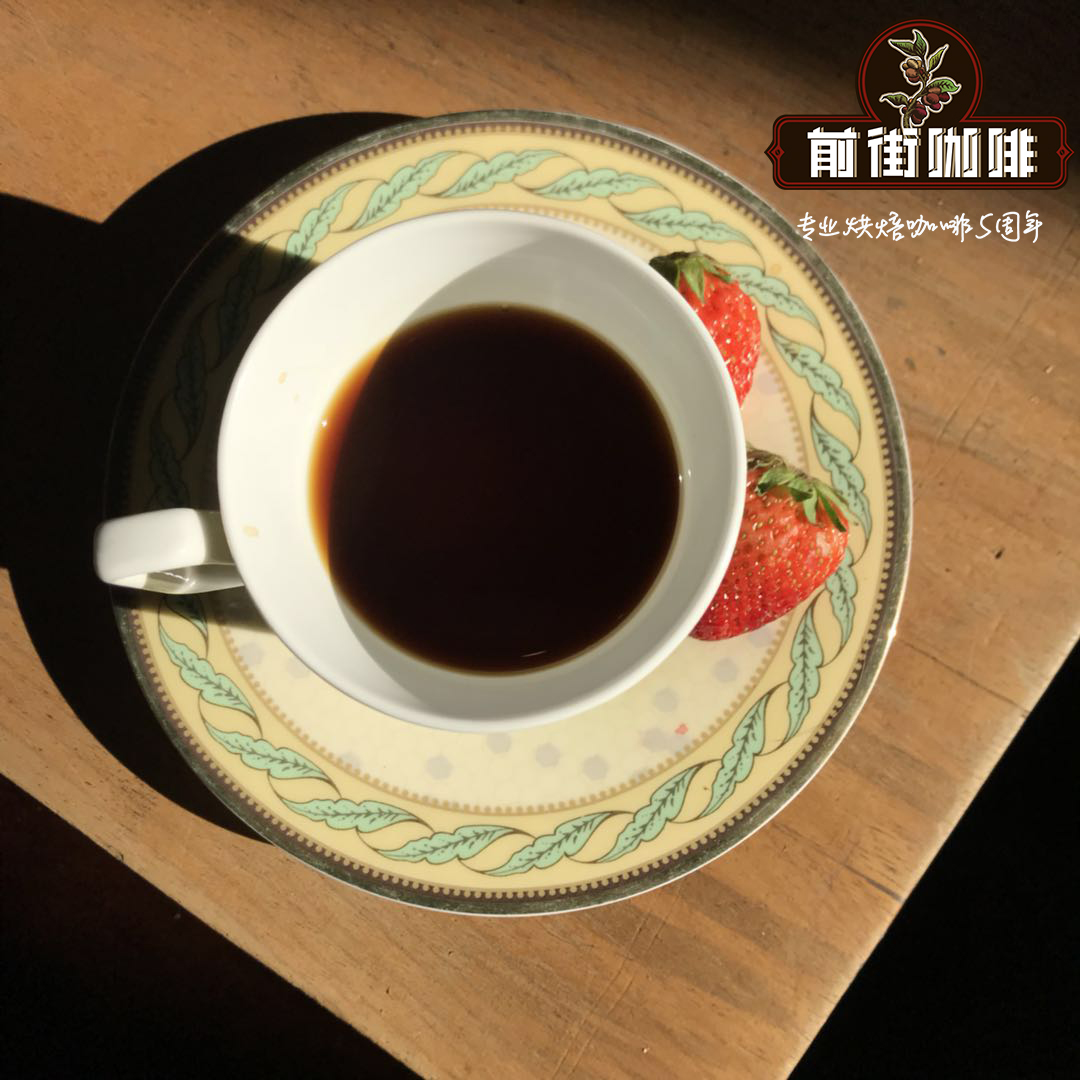What is Turkish coffee? Turkish coffee with a long history will not be popular again.

What is Turkish coffee?
The term Turkish coffee does not refer to coffee from Turkey (the country does not grow coffee), but to the way the coffee is prepared.
To prepare traditional Turkish coffee, the first step is to grind the ground beans and boil them in a pot (called cezve). Adding sugar is optional. Then pour the coffee into the cup and let the dregs settle.
The style of preparing Turkish coffee can be found in many areas, including the Balkans, the Caucasus, the Middle East and North Africa. This was also the main coffee preparation method used in the ancient Ottoman Empire when coffee was first used among major residents.
The Turkish word for breakfast is kahvalti, which means "before coffee". Today, Turkey's modern coffee chains, including Gloria Jean's Coffees and Starbucks, serve traditionally made Turkish coffee.
Turkish coffee used in marriage habits
Turkish coffee is also culturally important because it is used in marriage customs. The family of the groom is expected to visit the bride's family and ask them to bless the upcoming marriage.
Turkish coffee is expected to be served at this event, and the groom should add salt rather than sugar to his coffee in order to gain a better understanding of his character, which is best demonstrated if the groom is not dissatisfied with drinking. Coffee. This shows that the bridegroom will be patient and good-natured.
General term for Turkish coffee
Throughout the Middle East, the word kahve is used to refer to Turkish coffee, but after the introduction of instant coffee in the 1980s, the term traditional Turkish coffee was Turk kahvesi.
Throughout the Arab world, Turkish coffee is often called Arabica coffee or Shami coffee (Syrian coffee).
In Bosnia, the preparation of Turkish coffee is slightly different because a small amount of boiling water is put aside and stored in a separate cup. After the coffee grounds are added to the cezve, the saved water is added to the pot and then put back in the furnace to boil again, which is said to produce a unique and unique flavor.
In Hebrew, Turkish coffee is called Kafe Turki, translated as Turkish coffee, while in Romania, it may be called cafea caimac,cafea turceasca or cafea la ibric (ibric is the name of the pot).
Preparation of traditional Turkish coffee
It is well known that the boiling pot is a typical preparation container for Turkish coffee, while the traditional pot is made of copper with a wooden handle. The top of this small boiling water pot is narrow and is called cezve,briki,xhezve or kanaka. Heating equipment and small spoons are also needed to measure the amount of coffee and sugar and to stir.
In addition to ground coffee, other ingredients include sugar and cardamom. The ship that serves Turkish coffee may be called fincan,flidzani,filxhan or fildzan. Traditional Turkish coffee cups have no handles, although many modern cups have handles.
Using traditional cups without handles, Turkish coffee drinkers can use small metal containers with handles to handle small cups, which is called Shaff.
Ideally, the size of the pot should be close to that of Turkish coffee. Too much preparation of the pot leads to a decline in the quality of the coffee because the foam of the coffee is attached to the inside of the pot.
Heat Turkish coffee
When preparing traditional Turkish coffee, do not boil the mixture quickly, as the coffee will not have enough time to extract the flavor correctly.
Gentle heat transfer is desirable, and the traditional heat source is charcoal, or a four-inch deep, sand-filled tray mounted on a burner. Put the coffee pot on the hot sand to provide more gradual heating, which is preferred.
Grind coffee beans for Turkish coffee
Coffee beans must be ground finely to be used correctly in Turkish coffee. Usually, the beans are mashed directly with a burr mill or a mortar, which is the traditional method.
Since coffee beans lose their flavor quickly after grinding, it is best to grind coffee beans before brewing. Coffee should not be boiled for too long, because it can cause an unpleasant taste. Use about one or two teaspoons of coffee powder per cup of Turkish coffee.
The sweetness of graded Turkish coffee
The sweetness of Turkish coffee can be described as one of four degrees. Cok sekerli refers to 1.5 to 2 teaspoons of sugar, orta sekerli is one teaspoon of sugar, az sekerli is half a teaspoon of sugar, and sade is pure or non-sugar.
Turkish coffee is not stirred once boiled because it dissolves the foam and interrupts the delicate flavor, and the thickest foam layer may show the skill of the coffee machine. This is assisted by pouring in more and more coffee.
Serve Turkish coffee
Usually, Turkish coffee comes with a cup of cold water to refresh the taste of the drinker and better appreciate the taste of the coffee.
Turkish coffee is usually eaten with Turkish fudge (also known as lokum), which contains a variety of sweets made from sugar and starch.
Some items in Turkish fudge may include hazelnuts, chopped dates and pistachios, all wrapped in candy gel. The flavor of Turkish fudge may include frankincense, rose water or lemon.
Important Notice :
前街咖啡 FrontStreet Coffee has moved to new addredd:
FrontStreet Coffee Address: 315,Donghua East Road,GuangZhou
Tel:020 38364473
- Prev

Espresso | how much does the change of powder content affect the extraction of espresso?
What is the effect of the depth of the powder layer when you increase the dose to make more espresso? The amount of powder is one of the basic variables of any enrichment scheme, but it may also be the most often overlooked one. Most of us may adjust the size or output of grinding regularly, but always use the same dose. To be fair, there is usually a good reason to make the concentration and size of the drink
- Next

Should coffee be sour? where does coffee sour come from? is coffee sour all right?
Many people who drink fine coffee for the first time will have such a reaction. Why is it so sour? Why do people have this question? because our inherent impression of coffee is that coffee is bitter. Today, I would like to talk about the acid in coffee through this article. I hope it can help you solve your doubts. First of all, let's look at the source of the sour taste in coffee: coffee beans contain more than 30 kinds of organic acids.
Related
- Beginners will see the "Coffee pull flower" guide!
- What is the difference between ice blog purified milk and ordinary milk coffee?
- Why is the Philippines the largest producer of crops in Liberia?
- For coffee extraction, should the fine powder be retained?
- How does extracted espresso fill pressed powder? How much strength does it take to press the powder?
- How to make jasmine cold extract coffee? Is the jasmine + latte good?
- Will this little toy really make the coffee taste better? How does Lily Drip affect coffee extraction?
- Will the action of slapping the filter cup also affect coffee extraction?
- What's the difference between powder-to-water ratio and powder-to-liquid ratio?
- What is the Ethiopian local species? What does it have to do with Heirloom native species?

